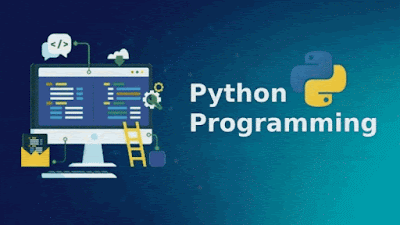Learning Python is like unlocking the door to a world of endless possibilities. Whether you're dreaming of automating tasks, diving into data analysis, or building the next big app, Python can help you achieve that dream. So, why is Python one of the most talked-about programming languages today?
Python is loved for its simplicity. Its clean syntax makes it accessible for beginners, yet it’s powerful enough for professionals to craft sophisticated solutions. From Instagram’s backend to data-crunching algorithms in NASA, Python plays a pivotal role.
Why should you learn Python?
- It’s beginner-friendly and highly readable.
- It offers versatility, from web development to AI.
- It has a supportive community and a multitude of resources.
Setting Up Python
Before we dive into cod
ing, let’s ensure you’re equipped with the right tools.
Installing Python
- Visit the official Python website.
- Download the latest version suitable for your operating system.
- Follow the setup wizard to complete the installation. Don’t forget to check the box that says Add Python to PATH during installation.
Choosing a Code Editor
The editor you choose can make or break your coding experience. Here are some great options:
- VS Code: Lightweight, packed with extensions.
- PyCharm: Ideal for larger projects.
- Python IDLE: Perfect for beginners, as it’s bundled with Python.
Once installed, test your setup by opening a terminal and typing:
Python Syntax Essentials
Python’s syntax is straightforward, often resembling plain English. Here’s your first taste of Python:
Writing Your First Program
When you run this code, Python outputs:Hello, Python!
Indentation Matters
Unlike many programming languages, Python uses indentation to define code blocks:
Variables and Data Types
Think of variables as containers for storing data. They make your code dynamic and reusable.
Example:
Common data types include:
- int (e.g.,
5) - float (e.g.,
3.14) - str (e.g.,
"Hello") - bool (e.g.,
TrueorFalse)
Control Flow Basics
Control flow structures like loops and conditionals let you guide the execution of your program.
If-Else Example:
Loops:
For Loop Example:
While Loop Example:
FAQs About Python Basics
1. What is Python primarily used for?
Python is used in web development, data analysis, artificial intelligence, automation, and more.
2. Can I learn Python without prior coding experience?
Absolutely! Python’s simplicity makes it a favorite starting point for new programmers.
3. How long does it take to learn Python?
The basics can be learned in a few weeks, but mastery requires practice and real-world projects.
4. Do I need to install additional tools to start coding in Python?
No. Python comes with an integrated development environment (IDLE). However, advanced editors like VS Code can enhance your experience.
5. What are Python libraries, and why are they important?
Libraries are pre-written code collections. They save time and extend Python’s functionality.
6. How do I fix syntax errors in Python?
Read the error message carefully; it often points directly to the issue. Using an editor with syntax highlighting can also help.

Comments